“Nature is not a place to visit. It is home.” Realizing the words by Gary Snyder is a blissful and inclusive experience that hauls us back to our roots. Jawadhu Hills is one such place to be less explored by the general population. Although there are scattered tribal settlements throughout the Jawadhu Range, there barely seems to be any interference from outsiders or the government. Located in Tamil Nadu, Jawadhu Hills (Jawadhi) is identified as the southern extension of the Eastern Ghats. Despite smaller area compared to its Western Ghats’ counterparts, Jawadhu Forest serves as a hot pot for exquisite flora and fauna. A very few travelers and bikers choose Jawadhu Hills as a destination because of its lack of connectivity. Perhaps it might be one of the reasons for you to travel to Jawadhu Hills, as it was mine. But tread with utmost caution and responsibility, as there is an obvious need to maintain the sanctity of the place. When dwelling into a forest, there are myriad codes of conduct to be followed, which you might gain from me, hopefully!
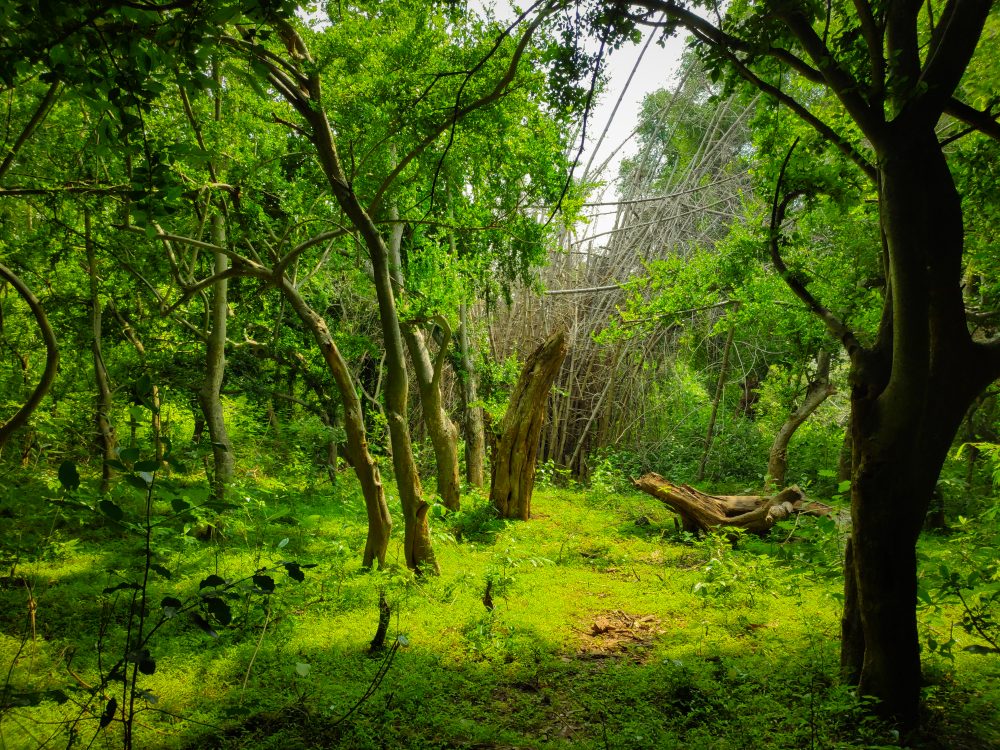
Javadi Hills (official name) is situated approximately 200 kilometers away from Chennai and even less than that from Bangalore. Bangalore – Chennai Highway is the preferred route to ascend the Javadhu Hills, as it is a well-maintained expressway. But we had to take a much longer route (to be honest, a detour) via Pondicherry as we had to pick one of our friends. Contrary to what is said above, our destination actually takes a little above 5 hours as we decided on traveling to the southern end of the Jawadhu Hills Range. With a comparatively bad highway and sporadic mud tracks, reaching the southern tip is sure an onerous task. Nevertheless, we chose to travel to the south end due to strategic reasons.
Protracted Journey: I, along with my friend, started from Chennai towards Pondicherry. As stated earlier, I had to travel to Pondicherry, which further increased the travel time from 5 hours to 6 hours. We reached Pondy in a little above 2 hours, where our friend joined us. After spending an hour at Pondicherry, we moved towards Tiruvannamalai, which houses the Jawadhu’s southern foothills.
The initial run from Pondicherry to Villupuram was humdrum with narrow roads passing towns one after the other. But after crossing Villupuram, the journey was quite enjoyable as the frigid blasts of wind caressed us as we rode through the agrarian villages. It was already quite dark, and with the settling fog in front, our journey was slowed even further. The last stretch to reach our destination was an accident-prone zone with a furrowed path. And a noxious combination of poor seeing conditions and a drowsy mindset made the ride clumsier.
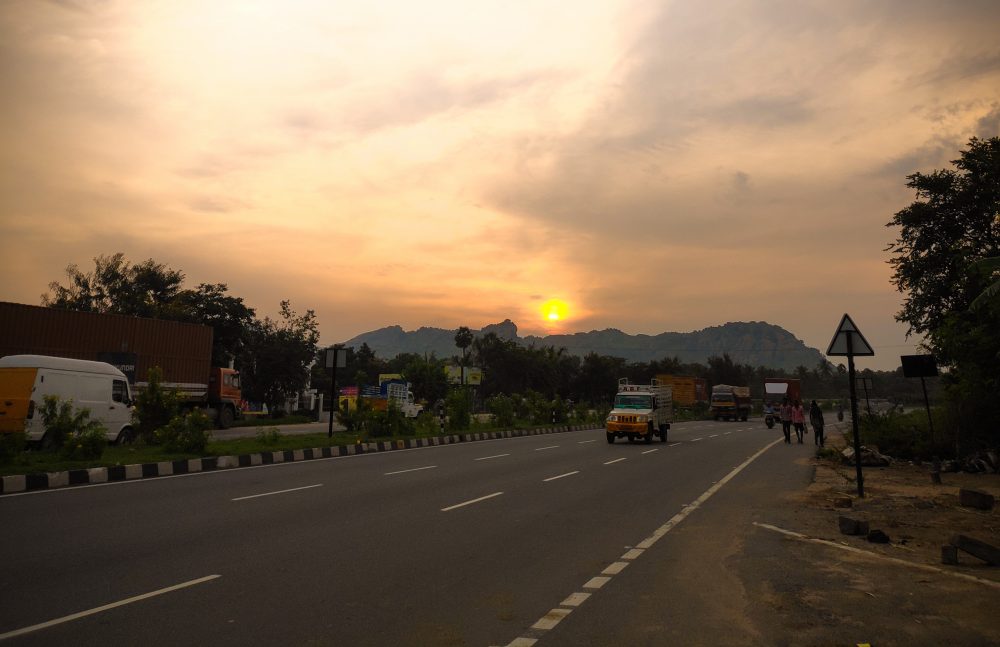
The Forest School: After riding the whole day, we reached Singarapettai – the town located in the foothills of Jawadhu. After having dinner at a local eatery, we took a dirt track that leads towards the hill. We were planning to stay at Cuckoo Forest School – a nonprofit organization dedicated to enhancing the livelihoods of tribal children from the surrounding areas. It is a remarkable place run by altruist compatriots who built the place ground up based on the principles that they believe in – Organic, self-sustaining, zero-waste construction. I will furnish further details about the incredible forest school and its selfless operations in another dedicated writeup. We reached the School after riding for half an hour in the mazy dirt track. We retired to sleep in one of the dozen huts situated within the School’s premises.
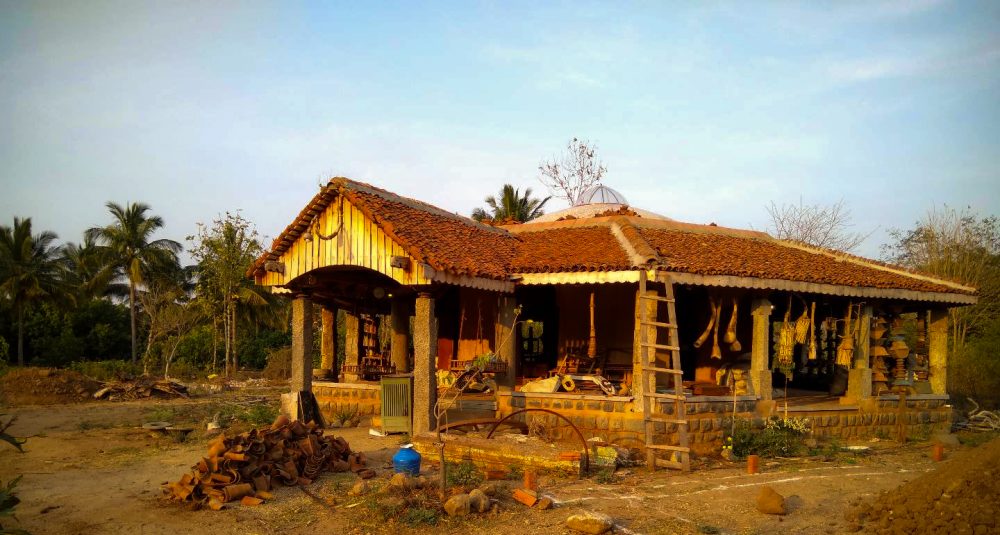
The Morning Hike: Living a bucolic life surrounded with like-minded people is bliss. The Cuckoo Forest School delivers that experience every time I visit. I was amiably awoken with a perfectly synchronized dawn chorus performed by the good birdies of Jawadhu. The sun was still under the horizon, but we decided to take a stroll into the forest. The forest school was located right at the edge of Jawadhu Reserve Forest (or Cuckoo Forest, which we prefer). Just a 5-minute walk would get you to the boundary established by an enormous Elephant Proof Trench (EPT). The place is infamous for periodic raids from parades of wild elephants in search of water. We crossed over the trench on a wobbly makeshift bridge made out of bamboo. Once we crossed the bridge, we were into the Jawadhu Reserve Forest. We followed the usual trail taken by the school occupants. Our plan was to hike a few kilometers into the forest and return back within a couple of hours. The sun rose above the not-so-tall Jawadhu Hills, resulting in first light seeping through the forest canopy.
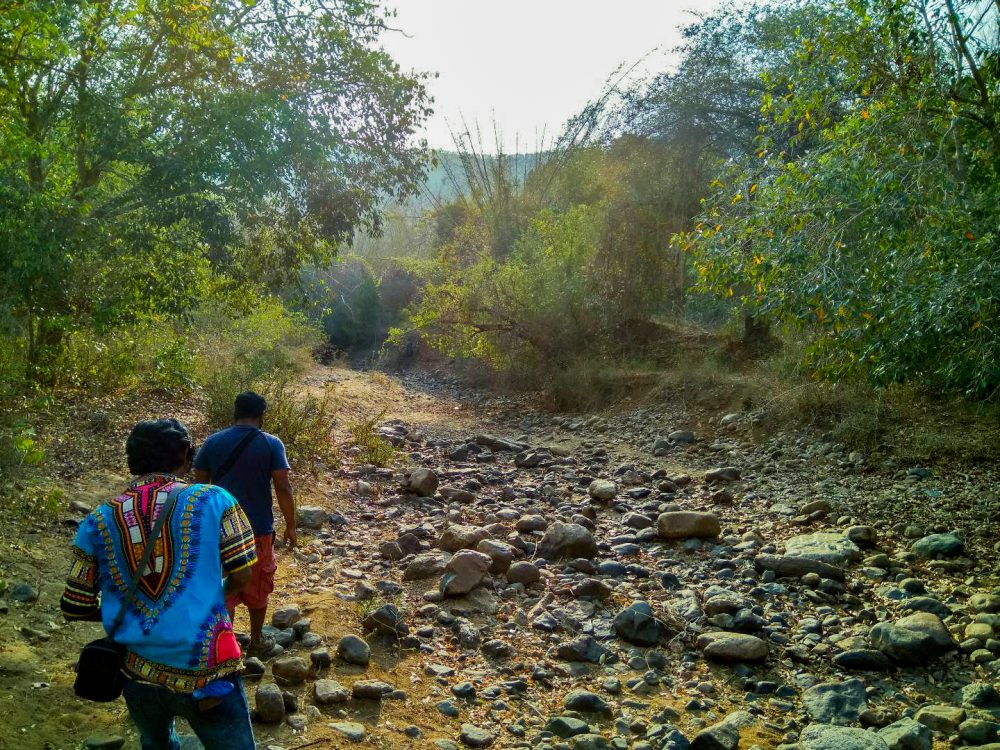
A Surprise Dip: A hike into the forest, especially in the early morning when the birds are lively and energetic, is a therapeutic experience that triggers your primal nature. Walking through the trail, we heard the sound of flowing water. But this forest region has a good spread of bamboo bushes, and its rustling noise mimics that of flowing water.
So, we eagerly crossed almost another kilometer to find a turbid rivulet. Instantly, all three of us hopped into the stream for a quick dip. The water was fresh and cold, but the turbidity was because of all the washed-up sand through its course. Overall, we spent up to an hour enjoying the stream before beginning our return hike.
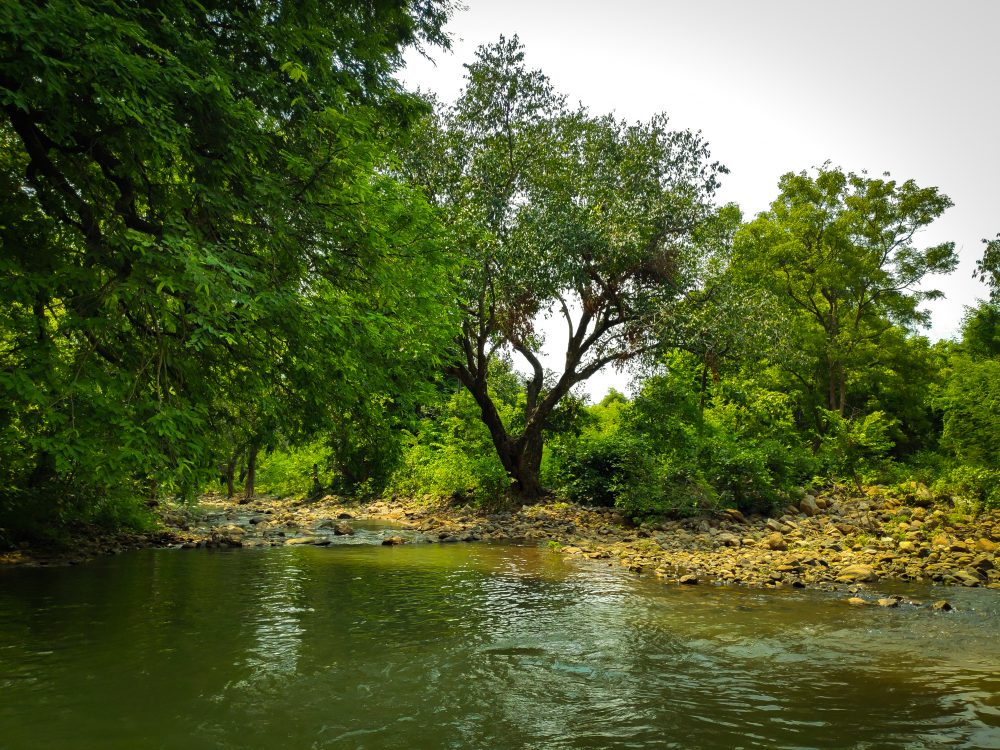
Learning the ways of a Forager: For thousands of years, humans lived as hunter-gatherers. And since the agricultural revolution, mainstream society has lost its touch. Cuckoo Forest School is a place that has reminded me of the approach time and again. During our short trips into the forest, we would collect edible fruits, vegetables, or tubers available at the time. And it is easier said than done, as finding an edible plant or a tuber is the tricky part. Luckily, I had my friend who has good knowledge of locating the edibles. Consequently, we had a good yield that morning as we collected a handful of Naaval Pazham (Indian Blackberry), wild mangoes, and young bamboo shoots. The return was much easier as we just had to track our earlier course with the help of markings that we left.
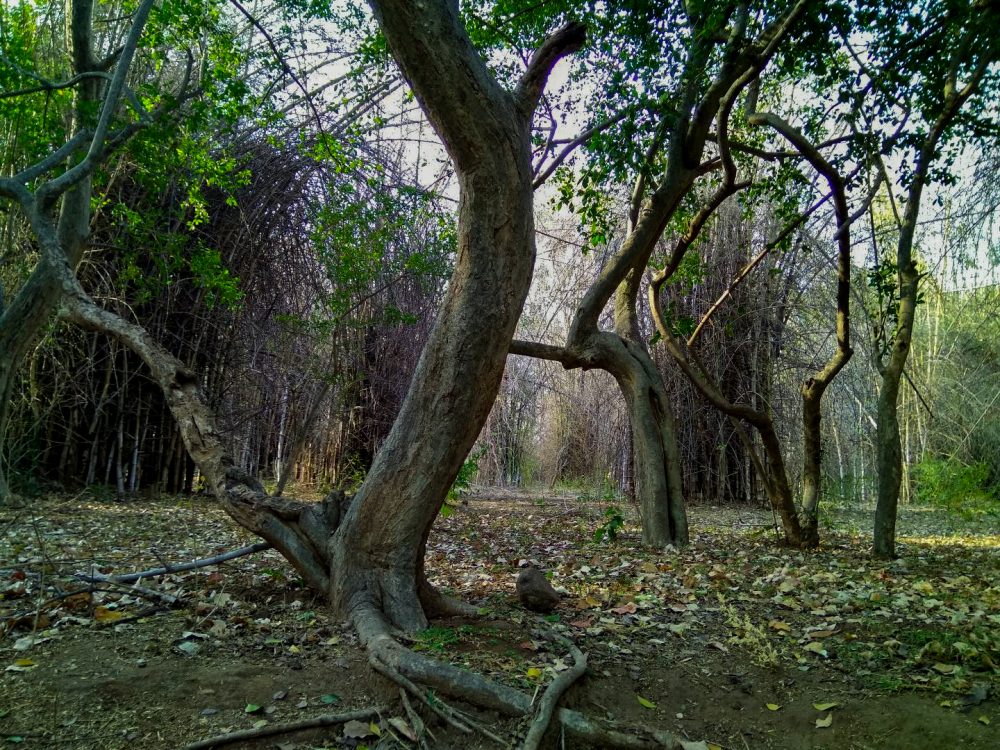
A Day with the Natives: The whole day was spent at the School with us working on the School’s daily chores for a few hours and interacting with the tribal community for the rest. It was a mutual learning experience. They learned a few things from us, but in turn, we gained a plethora of knowledge from them, particularly the kids. The kids were well-informed about the forest and its environment, animals, poisonous plants in the locality, flowering season of the flora, etc. Few of the kids even knew to differentiate between various animal calls, which is quite hard for even an experienced zoologist. For instance, the kids could identify the presence of an elephant or a bear from a distressed monkey’s screeches. This is a practical skill useful in their daily commute to School from their shelters. Being one among the kids made us students, and them, the teachers.
Camp in the Woods: Later in the night, we ventured into the forest to camp. Three of us, along with few other volunteers from the School, strolled into the forest carefully. We were clearly briefed earlier not to use torchlights at will, as it might attract or disturb the animals. Apart from the intermittent usage of dimmed down torchlight by the group leader, the moon was pretty solid in assisting us by illuminating our path ahead. Added to that, we were given solid instructions on the do’s, and more importantly, don’ts. We had to follow the instructions to the letter, as the forest environment is extremely unpredictable and risky. As discussed, we followed the group lead one after the other with extreme prudence. On reaching our designated campsite, we rested on the silty ground and observed the ambiance for a while.
Though our campsite was not close to any flowing stream of water, we could hear the constant sound from the rustling bamboo bushes which mimicked the sound of flowing water. The soothing tune of the wind caressing the bamboo plants served as an effective lullaby as most of the group gradually fell asleep. But there was an apparent need for some of us to stand guard. Therefore, few of us took turns staying awake, looking out for any wild assailants. We also did not have a campfire due to the above-stated reason. There were no tents nor any spreads with us to sleep on. We had to improvise by collecting oodles of wild fig leaves to make comfortable bedding. Personally, it did the trick for me, as I had a sound sleep for a couple of hours.
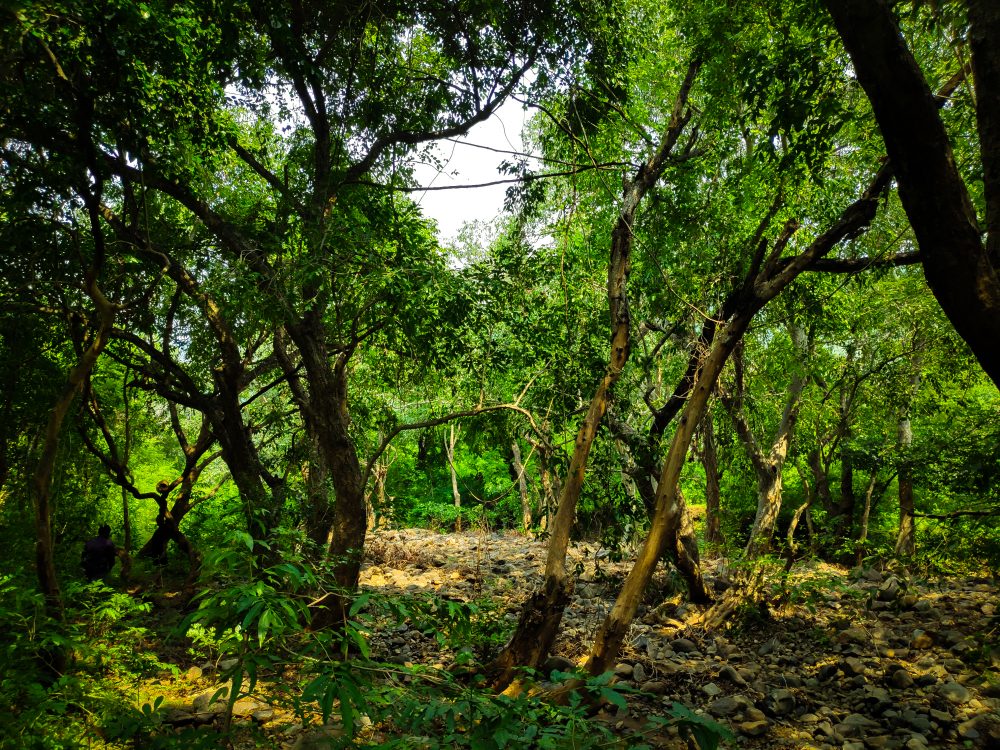
Exit Strategy: After a stimulating night in the forest, we woke up, had a dip in the stream, traced back our path, and finally reached the school premises. We had to leave the place and return to Chennai. So, we got ready and had breakfast. The cook prepared us a special porridge made out of rye and pickled wild mangoes (that we collected the previous day) to go along with it. We left the School at around 11 after bidding adieu to the school volunteers and the kids. And for the return, we chose an alternate route that passes through Ambur, as we planned to have the famous biryani for lunch. Although this is a longer route, it takes almost the same time to reach our destination because of the flawless Chennai-Bangalore Highway. We traveled for nearly seven hours to reach Chennai (of course, that includes a pit stop for lunch at Ambur).
How to Travel: Traveling to a reserve forest always requires more than just public transportation. Still, good public transportation (both bus and train connectivity) is available throughout the Chennai-Bangalore highway as per your needs. The nearest stop to Jawadhu Hills is Vaniyambadi. But from Vaniyambadi, to venture into the forest, you would need a good sturdy four-wheeler.
When to Travel: Avoid peak summer and monsoon seasons. These two climatic conditions are to be avoided if you are traveling into the Jawadhu Reserve Forest (or any other forest region in southern India). During intense summer, hiking into the Jawadhu would be a perilous stunt. The elevation goes up to just 4000 feet, and rivers run dry. With the lack of proper water sources, dehydration would be a significant issue that needs to be considered. Likewise, during the rainy season, hiking would be challenging because of mudslides and the emergence of seasonal parasites.
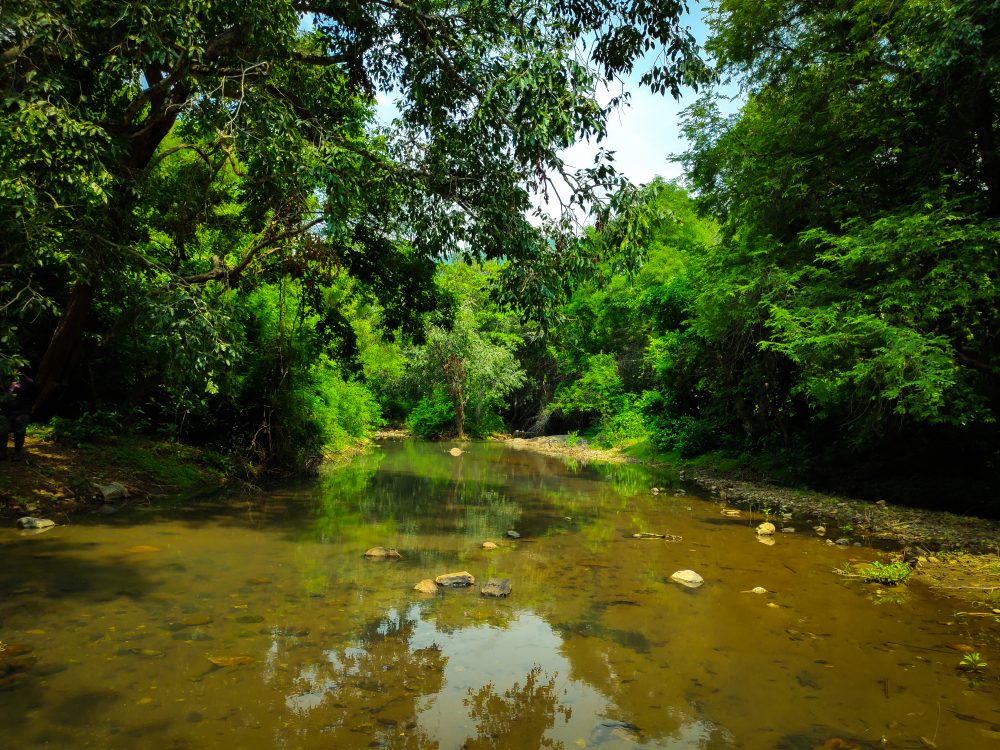
What to Carry: When traveling into a reserve forest, the most important thing to remember is to get proper permission from the Forest Department. In the past, there have been several unfortunate incidents, due to the negligence from trekkers and sometimes from the officials. If your group is new to hiking in a forest, you should definitely get an experienced guide.
A water bottle per person is a must (even if the water source is available in the forest). A light backpack containing the essentials like torchlight, compass (digital or analog), a swiss knife, sunscreen, map (without network coverage, a physical map copy of the location is beneficial), sunglasses, GPS, power bank, etc. Energy bars would also prove to be helpful.
What to Do: Biking through the foothills is a known activity around Jawadhu Hills. There are few waterfalls in Jawadhu, of which Bheema Falls and Amrithi Falls are two major attractions of the place. Apart from that, Jawadhu Range is one of the favorite locations for amateur astronomers in Tamil Nadu. The dark, secluded region provides the perfect dark sky for the amateur astronomers to observe deep space objects. There is also a prominent astronomical observatory (Vainu Bappu Observatory) in a small village named Kavalur. On Saturdays, it is open to the public. And as said, the nearby towns Ambur and Vaniyambadi are famous for its Briyani.
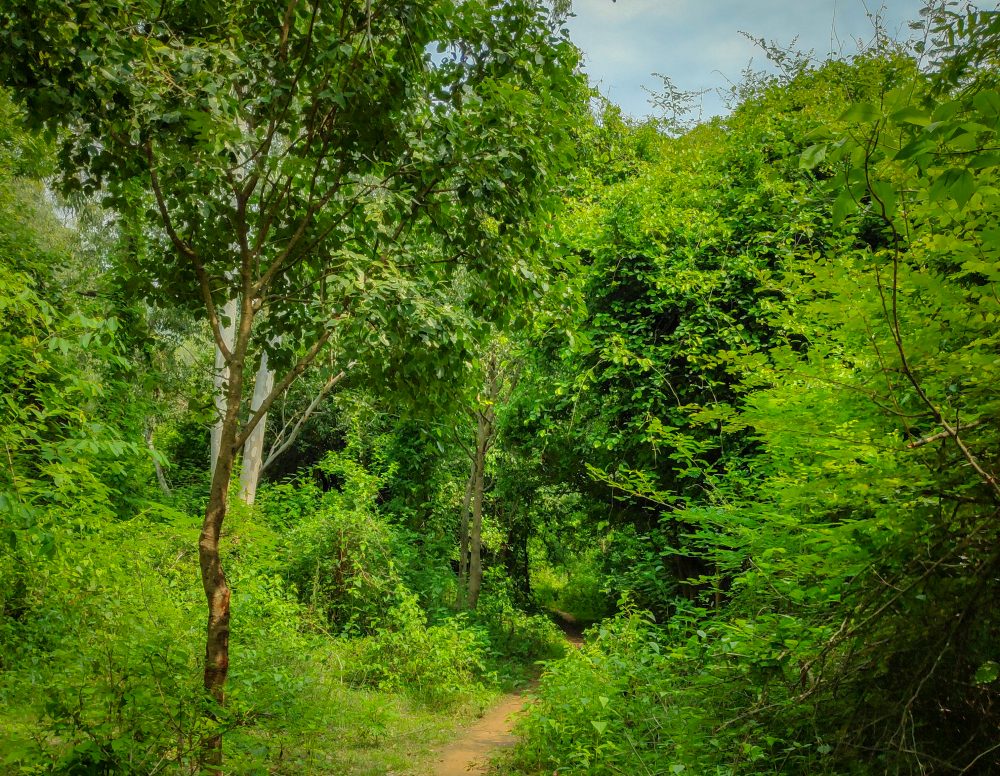
In South India, there are several dense forests that are well-known. Jawadhu Reserve Forest is a rare place a traveler would choose to visit because of the popularity of other trekking hotspots. Moreover, the peripheral area that we explored is not as dense as its northern and central counterparts. But we chose the spot because of its familiarity to our group. The whole episode was enlightening for us and taught us unique lessons that cannot even be learned under the safe roofs of our country’s top educational institutions. All in all, camping the night in the woods was an intoxicating experience as I long for another equally exhilarating trip.